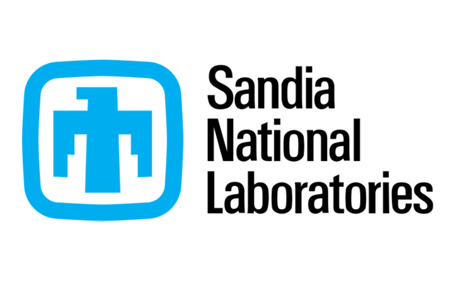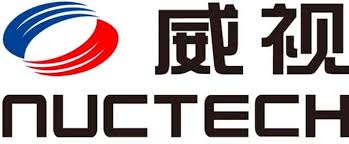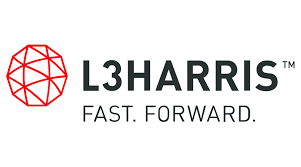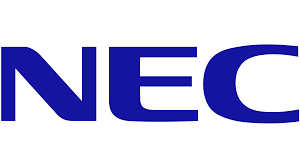Asymmetric Conflicts Drive Military Demand for Non-Lethal Weapons
| NLW provide a less-lethal alternative between the options of “Shout and Shoot” | |
|
The asymmetric armed conflicts in Iraq and Afghanistan, the turmoil in the Arab world, violent events such as the August 2011 U.K. street riots, and the July 2014 Israeli-Hamas conflict continue and drive governments, police and defense establishment decision-makers to seek cost-effective NLW means. This increased demand will yield a $5.6B cumulative 2014-2020 Military Non-Lethal Weapons Market. |
|
|
The U.S. Navy, for example, is kick-starting a new industry development for NLW for uses such as vehicles and boats, moving or dispersing crowds, and discouraging attackers or aggressive human behavior. The Office of Naval Research (ONR) covers 14 areas including:
|
The Active Denial System, a Raytheon-built experimental weapon that uses millimeter waves |
|
Troops test-fire optical distractors on the aircraft carrier USS Abraham Lincoln. Note how the beams spread rapidly, reducing the nominal ocular hazard distance and spreading the beam over a wider area on targets |
|
|
Another example is the multi-modal Rafael Samson Non-Lethal Weapon Station intended for all-round response for low intensity conflict violence. The vehicle allows its operators to choose from an array of integrated NLW modalities (e.g., Sound Blaster Acoustic Device, Tear/Smoke Grenade launcher, Xenon Based Dazzler, Impulse Grenade Launcher, 40mm Grenade Launcher) that can be adapted to the situation on the ground. The Samson NL enables responders to effectively address violent situations from inside the host vehicle. Advanced, high-precision electro-optic sensors provide them with accurate, real-time situational awareness, while in-vehicle operation lets them exercise full control of the non-lethal provisions. In this way, the crew can respond accurately, with minimum civilian casualties and without incurring their own injury. |
Source: Rafael Ltd |

















